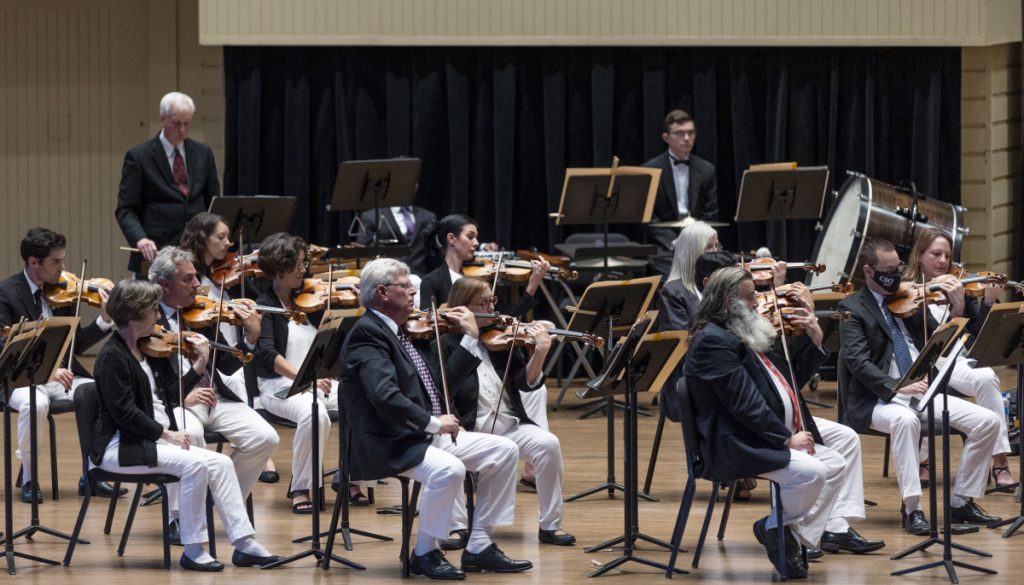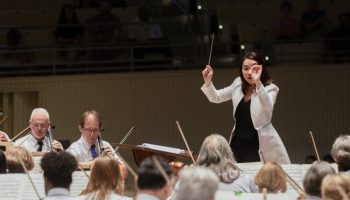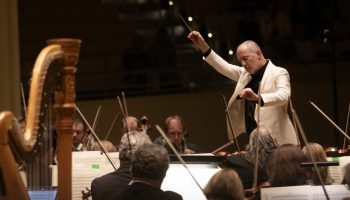NICHOLE JIANG – STAFF WRITER
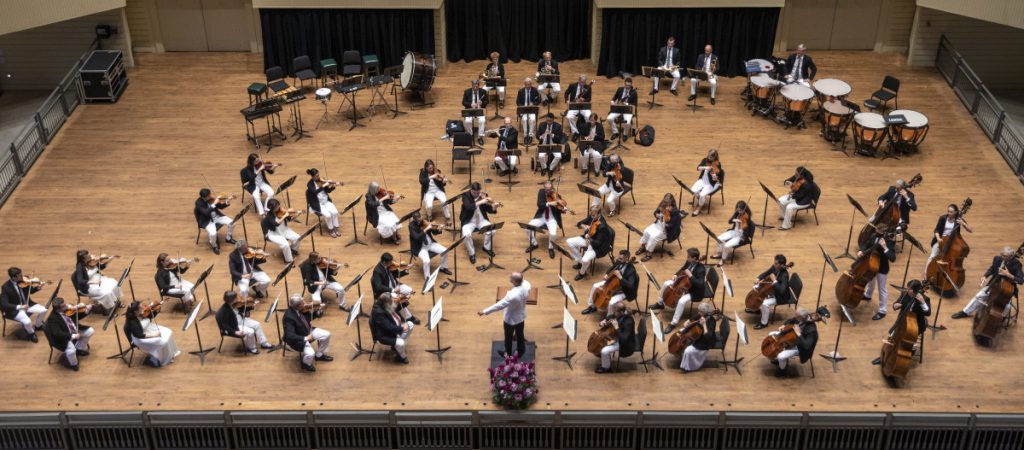
The past year and a half has brought countless obstacles to overcome, yet from this time of uncertainty also came opportunity. Due to COVID-19 regulations on spacing, the Chautauqua Symphony Orchestra has decided to do something different this season, allowing them to spotlight individual sections. There will be separate concerts for the wind and string sections, and the wind section will perform a special “Wind Serenades” concert at 8:15 p.m. Tuesday, July 20 in the Amphitheater.
“To have separate string and wind concerts is very unusual for a big symphony,” said Eli Eban, clarinetist. “And so that’s an opportunity that arose out of this situation, which is to play smaller works that are almost symphonic but not quite that scope of scoring. We’re playing great pieces that deserve to be heard.”
Tonight’s concert is a great opportunity to hear the immense talent of the CSO winds in a more intimate setting than usual.
“You’re giving the audience an ensemble experience that’s somewhat unique. But it’s full-on with a full sound,” said Roger Kaza, horn player. “Instead of having the mix of the strings and the wind tambours you have just one or the other, and it’s an opportunity to explore some unusual repertoire. … That’s the silver lining of all this COVID stuff.”
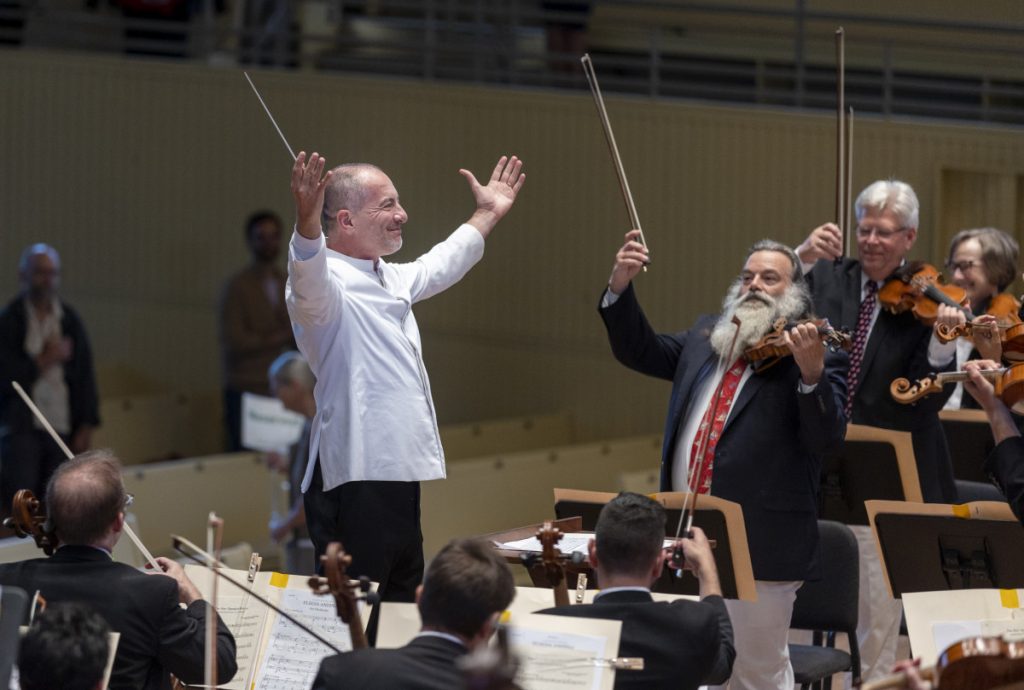
Winds performing by themselves is something that may be unusual for the Amp stage, but this concept has been around for hundreds of years.
“It’s interesting, this tradition of wind music goes way back to the end of the 18th century, where kings and patrons would have a group they called the Harmonie,” Kaza said. “It was literally a small band with two oboes, two bassoons, two horns and two clarinets, and they would play all kinds of tunes from operas. These nobles would use them for entertainment.”
The musicians performing tonight are excited to be performing compositions written for wind instruments.
“We like it because everyone likes being featured and being given a little bit more of an important role,” Kaza said. “I think Rossen (Milanov, conductor and music director for the CSO) is really doing a great job at featuring different sections of the orchestra, and giving everybody a chance to shine.”
The program contains two pieces that are both grand masterpieces in the world of winds: Richard Strauss’ Serenade in E-flat Major, Op. 7 and Antonin Dvořák’s Wind Serenade in D Minor, B. 77, Op. 44.
Growing up with a father who played the horn, Richard Strauss’ life was filled with the sounds of music. At the young age of 17, Strauss composed this piece that builds off of Mendelssohn’s and Mozart’s style while also showcasing Strauss’ own original style. The piece was written for 13 wind instruments and is both melodic and lyrical. The influence of Strauss’ father’s horn playing can be seen throughout the piece.
“This piece has the same kind of lyricism that we hear in a big orchestra, but it has a smaller, warmer kind of a feeling to it,” Eban said. “It still has the majesty of the full wind sonority, but we don’t have to push through a lot of general sound to be heard. We can play lighter, softer and explore the more intimate dynamics.”
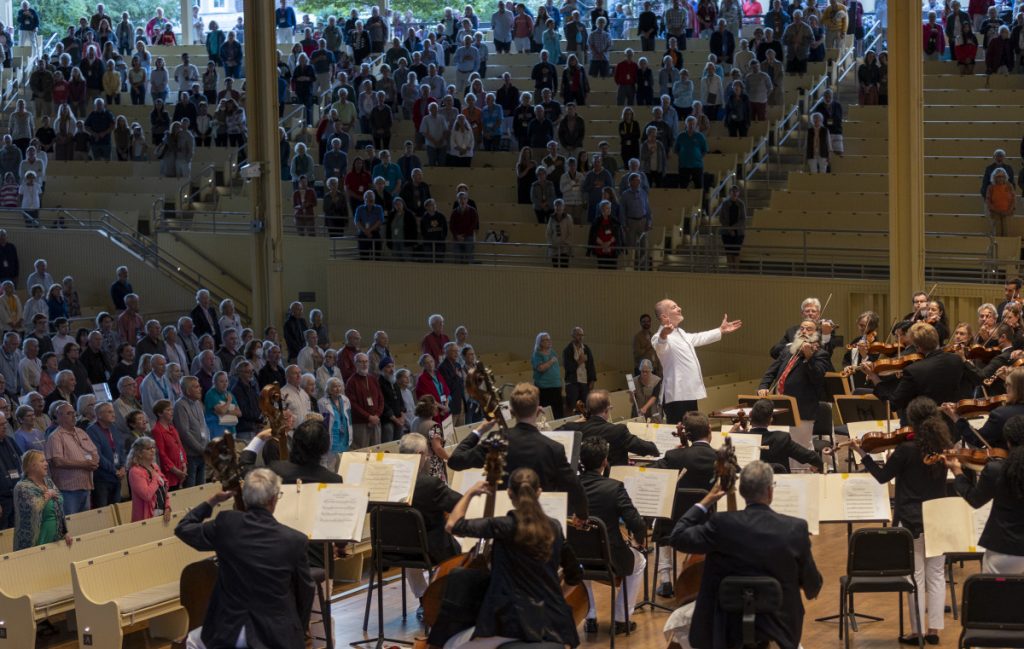
This ability to showcase their talents naturally and intimately gives the wind section a chance to showcase their full sound to audiences.
“Each instrument has a chance to shine and play along similar lines, unencumbered by a lot of thick orchestrations so we can just sing in a way that feels comfortable,” Eban said. “We don’t have to worry about projection elements.”
The Dvořák piece includes cello, bass and three horns — which is unusual.
“It’s got a very earthy feeling to it,” Kaza said. “And it’s unusual to write for three horns; we usually are in pairs or in four. In fact there are hardly any works for three horns and he wrote it that way, so he could get triadic harmony. And at the very end of the work, the audience will hear that because the horns kind of go crazy with a big fanfare, which ends the whole piece.”
The inclusion of the cello and bass allows the sound of this piece to be elevated in a unique way.
“The cello and bass warm up the sound a little bit, and take some of the wind attack edge off of it. But it is really a characteristic Czech bohemian wind sound,” Eban said.
For Mark Robbins, horn player, this is a staple piece that never fails to amaze with its Czech melodies and beautiful blending of the winds with the one cello and bass.
“I’ve been playing it on and off for years, most of my life, and it’s really a wonderful piece,” Robbins said. “Dvořák’s music is so expressive, and it’s just beautiful the way he orchestrated for all the different instruments. He’s probably the most famous Czech composer and just one of the really great composers the world has had.”
Kaza wants the audience to sit back and listen to the combinations of tones the wind section will create.
“(We’re) unlike the string family,” he said. “Wind instruments are very different from a flute from an oboe to a clarinet to a bassoon. The blend is not homogeneous; it’s got a lot of colors in it, so it’s very interesting that way.”
